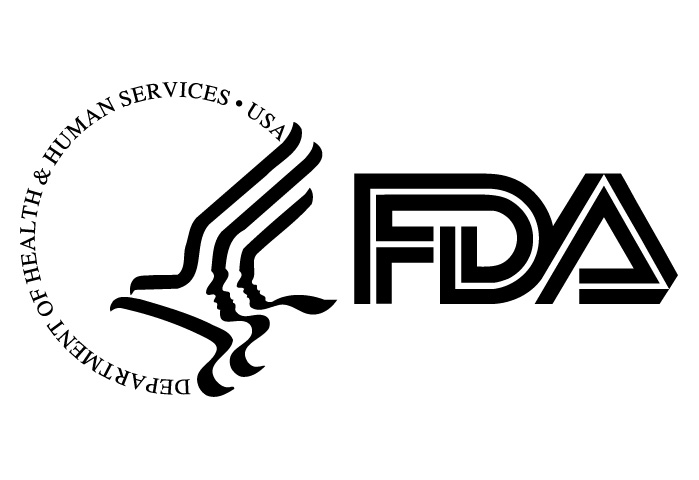FDA designates Class 1 recalls for intraoperative positioning guidewires, infusion pumps, dialysate

Editor's Note Centerline Biomedical’s recall of IOPS Guidewire ATW-2, Zyno Medical’s recall of Z-800 series infusion pumps, and Nipro’s recall of MedicaLyte Liquid Bycarbonate Concentrate have been designated by the US Food and Drug Administration (FDA) as Class 1, the most serious designation indicating risk of severe injury or death.…
FDA publishes Baxter update to Novum IQ infusion pump instructions addressing underinfusion risk

Editor's Note Baxter has issued a correction notice for its Novum IQ Large Volume Pump (LVP) after identifying a serious risk of underinfusion linked to the device’s standby mode and power-off conditions. First published on April 24 on the Food and Drug Administration (FDA) website and subsequently reported by Healthcare…
Study: Pneumonia risk lower for COVID-19 than influenza, RSV

Editor's Note Influenza and RSV infections more than double the risk of secondary Streptococcus pneumoniae infection, while COVID-19 is associated with a significantly reduced risk, according to a June 2 news brief from the Center for Infectious Disease Research and Policy (CIDRAP). The findings stem from a retrospective study of…
Study highlights surgical slush sterility, heart health risks

Editor's Note Researchers studying the exposure of sterile surgical slush to open air urge the adoption of closed-system technology to alleviate risks to sterility and surgical outcomes, according to a May 19 article in OR today. The article focuses on a time and motion study led by perioperative nursing leaders…
Standards strengthen sterilization, disinfection process chains

Preventing infection from contaminated surgical tools requires attention to every link in a complex chain of processes, from point-of-use pretreatment in the OR to the moment the freshly disinfected or sterilized item arrives at the next patient’s bedside. For those on the front lines, manufacturers’ written instructions for use (IFUs)…
Study: Robotic-assisted cholecystectomy raises complication risk in acute care despite similar injury rates

Editor's Note Recent research shows robotic-assisted cholecystectomy (RAC) results in similar bile duct injury rates as laparoscopic cholecystectomy (LC), but risks are higher for postoperative complications, longer hospital stays, and more frequent drain use. Published May 21 in JAMA Surgery, the large-scale cohort study analyzed outcomes from over 844,000 acute…
Healthcare leaders project revenue gains from value-based care despite persistent hurdles

Editor's Note Nearly two-thirds of healthcare organizations expect increased revenue from value-based care (VBC) arrangements in 2024, signaling growing confidence in the model despite concerns over financial risk and infrastructure gaps, according to a May 19 report in Healthcare Finance. The findings are based on a nationwide survey of 168…
Poll: Healthcare cybersecurity leaders overlook AI-enabled physical security gaps

Editor's Note AI-powered attacks are breaching not only firewalls, but also hospital walls. That’s the urgent takeaway from a May 20 report from Black Book Research on the Black Book Q2 2025 poll, which reveals that while 93% of healthcare cybersecurity leaders feel confident in their digital defenses, only 18%…
Study: Long working hours alter brain regions tied to emotion, cognition

Editor's Note Clocking long hours has impact beyond fatigue. It may also physically reshape the brain. As reported May 13 by CNN, that is the central finding of a new study showing significant structural brain changes in overworked individuals, particularly in areas tied to emotional regulation and executive function. Conducted…
Commentary: Overlooking, underfunding perioperative mental health threatens patients
Editor's Note Amid a lack of focus and lack of resources on perioperative mental health, alleviating patient anxiety and preventing poor surgical outcomes requires creative solutions. This is the central argument of a May 12 commentary in The Conversation by Renée El-Gabalawy, a clinical psychologist and associate professor at the…

 Free Daily News
Free Daily News